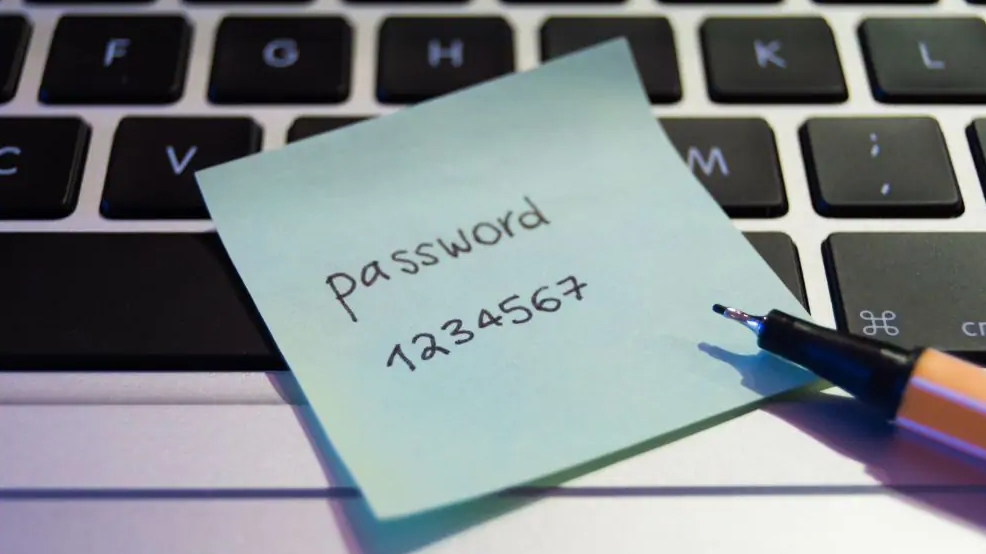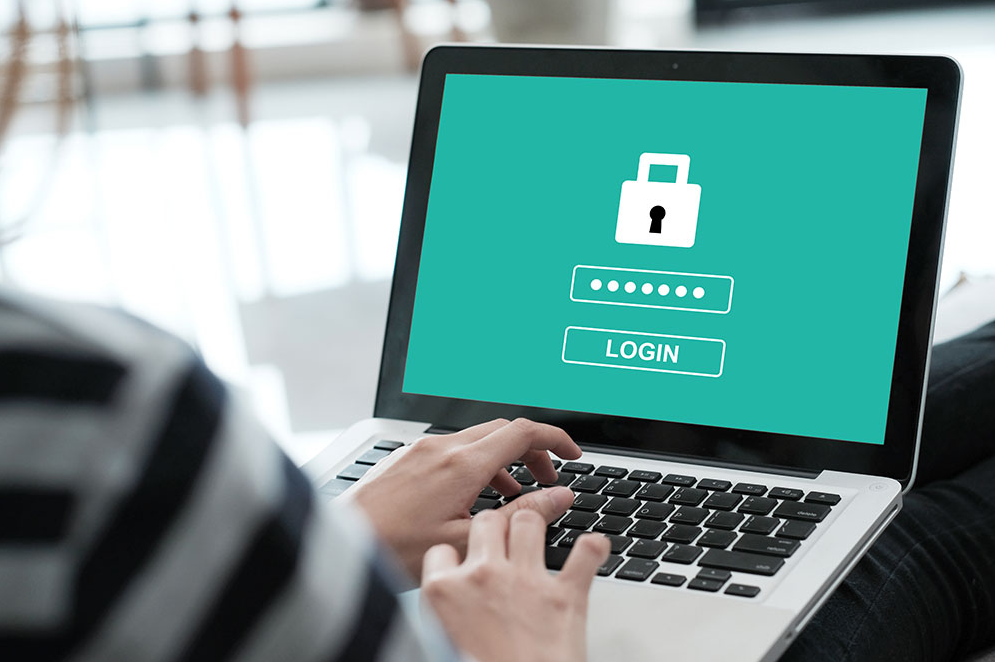Sharing passwords online is causing a big problem and losing the streaming industry a lot of money every year. This issue has been going on for a while, but it got much worse during the Covid pandemic. In two surveys of people in the United States, the number of people sharing passwords went up from 27% before Covid to over 40% between 2019 and 2021. Even though it’s not as bad now, it’s still a huge loss of money for the industry.
The latest information tells us that around one out of every three Netflix users and one out of every four Amazon Prime Video users share their accounts with others. This is similar for people who use other popular services like Hulu, Disney+, and Paramount+.
This sharing of passwords is more common among younger people. When we looked closely at how different generations feel about sharing video service passwords, we found that 60% of Millennials said they share passwords with family, and 42% share them with friends. No matter who is doing it, the amount of money being lost because of this is really big.
Revenue loss from sharing passwords

In January 2023, Netflix estimated that more than 100 million households share passwords. Even if they share with just one other person, and everyone is using the company’s $9.99 per month basic plan, that results in a loss of nearly $1 billion per month or $12 billion per year.
Here’s another piece of data: In March 2021, Citi analyst Jason Bazinet estimated that sharing online passwords for subscription video-on-demand (SVOD) services leads to a massive $25 billion yearly loss for US companies.
As streaming services have become more important, stopping this kind of theft is becoming increasingly crucial for shareholders. When SVOD services were still growing, the major providers didn’t pay a lot of attention to monitoring password sharing. They almost saw it as a way to promote their services unofficially, thinking that users, especially within families, would eventually get their own accounts.
For example, HBO’s CEO, Richard Pleper, said in 2014, “It’s not that we’re ignoring it, and we’re looking at different ways to affect password sharing. I’m simply telling you: it’s not a fundamental problem, and the externality of it is that it presents the brand to more and more people, and gives them an opportunity hopefully to become addicted to it. What we’re in the business of doing is building addicts, of building video addicts. The way we do that is by exposing our product, our brand, our shows, to more and more people.”
But things have changed. Netflix is now taking a strong stance against password sharing, and it will be implemented globally in 2023. After testing various methods in Latin America in 2022, they have decided to make it easier for those who borrow (defined as people who don’t live in the account holder’s household) to transfer their Netflix profile to their own account. Sharers will have better control of their devices and can create sub-accounts (extra members) if they want to pay for family or friends.
In the trials, if a change in location for an account is detected for more than two weeks, the account holder will receive a notification in the app. They can then choose to change their household address or pay a fee to add the new address. Additional homes can be added for $2.99 a month, with Basic plan members able to add one extra home, Standard up to two extra, and Premium up to three extra.
Netflix’s new co-CEO, Greg Peters, expects this move to be met with some resistance, similar to how Netflix’s price increases are often met. He described this initiative as a way to gently encourage people who share their accounts to pay for users outside their own household.
So, what should companies do to protect their own revenues?
How to detect password sharing
There are several ways to detect password sharing, and many of them now use AI. They do this by looking at things like where and how content is being watched on different devices.
By analyzing what content is being watched, which device it’s being watched on, and where it’s being watched from, a detection service can find patterns that suggest password sharing. The AI then gives the service provider a score to indicate how likely it is that the account holder is sharing their password too much.
Certain patterns can show password sharing, but it’s important to tell the difference between legitimate and illegitimate cases. For example, if many devices are detected in one household, it could be because a user changed devices. But if the content meant for one household is being watched from different IP addresses, it’s likely due to password sharing. Since usage patterns change, machine learning and AI are important to sift through the data, adapting to these changes and distinguishing between legitimate and unauthorized use.
There are different levels of infringement. If the score suggests that credentials have been sold online to multiple users, the service provider can choose to close the accounts. However, if the score is lower and it seems like a family is just too generous with their credentials, the service provider can use this as a chance to offer a premium package to the family.
This is the approach that some major players are currently taking, gently guiding users to make the right, legal choice. They are being careful about it because adding barriers, like two-factor authentication, can be unwelcome to new users, and people are very sensitive when it comes to streaming services. High churn levels, possibly increasing during a recession, mean any obstacle is not ideal.
Competition in the streaming space is intense, and a lot of money is spent on content. So, the days of freely sharing passwords may be ending. For investors looking for returns in the industry, this is an important area for potential subscriber growth. While it might be tempting for other providers to ignore this issue, especially if they want to attract subscribers from services that are cracking down, they may soon find themselves out of sync with the industry consensus.
Service providers who want to protect their content need comprehensive anti-piracy services, and that increasingly includes dealing with password sharing.


Recent Comments